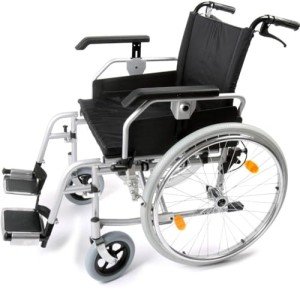10 Healthy Habits To Use Bariatric Wheelchair 24 Inch Seat

Additional Wide Bariatric Wheelchair With 24" Seat
Frame
Wheelchairs are usually produced in a basic width of 16" (narrow grownup), 18" (basic adult) or 20" (broad grownup). Nevertheless, My Mobility Scooters require a seat width broader than these standards. These extra large bariatric wheelchairs are normally fitted by a professional and based upon the user's measurements.
In order to get the most comfortable and protected ride for passengers, it is necessary that wheelchairs are appropriately sized. This implies that the wheelchair should have the ability to accommodate the user's size while having the ability to maneuver in tight spaces. This is why BriteLift offers customized cars to transport wheelchair guests. This includes vans that can securely drive and maneuver big wheelchairs, allowing them to feel safe and comfy in every ride. This is the only way to offer the most effective transportation for wheelchair travelers.
Seat
Bariatric wheelchairs are bigger than standard wheelchairs and are designed to accommodate individuals who are heavier or broader. This extra wide bariatric wheelchair from Medline includes a 24" seat and a carbon steel frame with rust- and chip-resistant chrome plating. The wheelchair has tool-free push-button adjustable footrests and easy-to-clean vinyl upholstery. It can support approximately 500 lbs.
When selecting the right wheelchair width, it is essential to measure the user sitting typically on a flat surface across their widest part of the lap which is usually their hips. It is also advised that you utilize a yardstick rather than a measuring tape as it tends to offer a more accurate measurement. If the user will be using a winter season coat then an additional 2" should be added to the measurement of their seat width.

Weight Capacity
A bariatric wheelchair is usually larger and much heavier than standard wheelchairs. This is why they require more mindful maneuvering. Motorists need to be trained in handling these travelers. Furthermore, vehicles require to have sufficient space for these chairs along with ramps and wheelchair lifts. In addition, they need to understand how to set up these rides ahead of time.
When deciding on the chair width, it is important to measure the user's best point in the seat, which is typically the hips. Numerous wheelchair producers likewise provide a yardstick that can be used to assist with this measurement. When determining an individual's width, it is best to take the measurement directly throughout and not cover the tape around their hips which can provide a false reading.
In many cases, the widest part of a person's thighs might be wider than their hips so this ought to be considered when selecting the chair width. In these circumstances, it is in some cases required to add an extra 2" to the chair width.
In general, the weight capacity of a bariatric wheelchair ought to not be exceeded under any situations or serious injury might result. When utilizing the chair, always make certain that it is on a stable and level surface with front casters pointing forward and wheel locks engaged. In addition, never ever lean or shift the center of mass while being in the chair.
